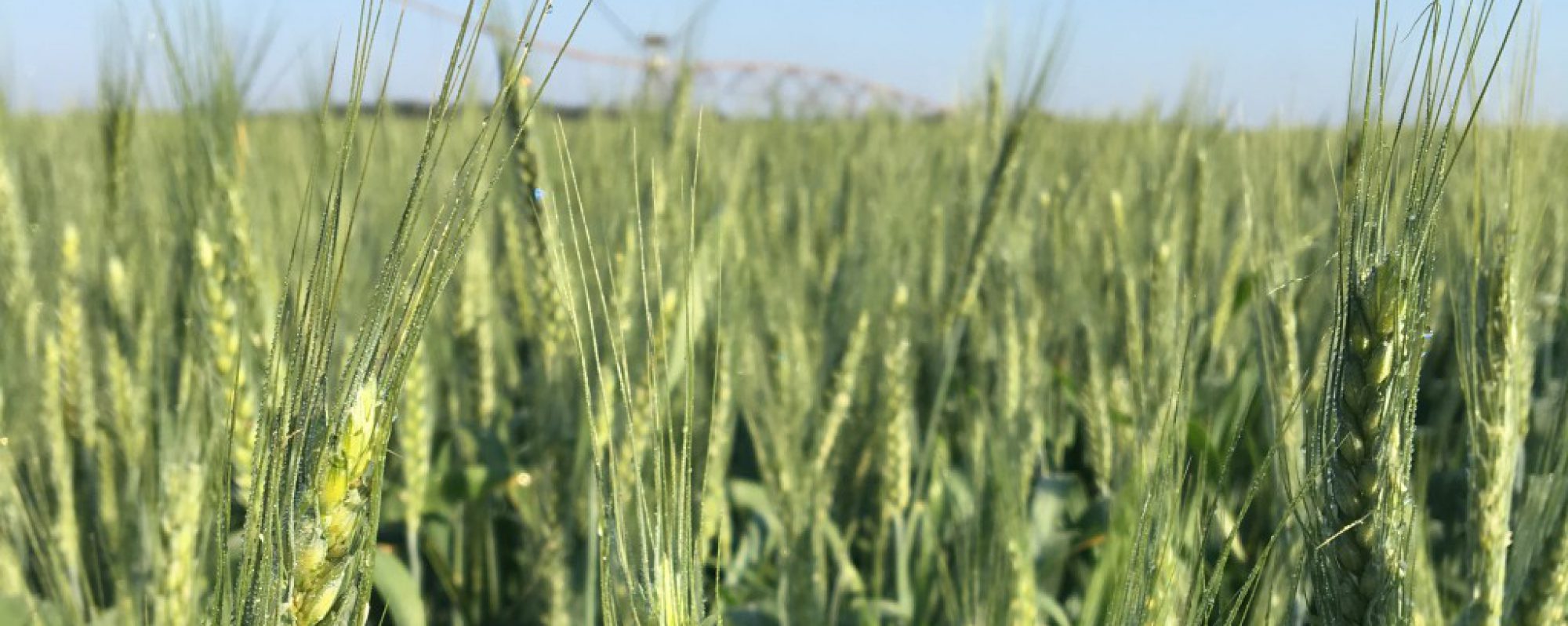Per Dr. Prostko:
As Dr. Culpepper and I have begun our annual winter weed tour around most of Georgia, one of the many things you will here us discuss is starting weed-free (clean) at planting using a combination of practices such as tillage, cover crops, and/or herbicides. The use of cover crops and tillage will vary by grower. There are risks/rewards to both of these practices.
“Why/how does tillage influence weed control?” The simple answer is that when soils are not disturbed with tillage every once in awhile, weed seeds accumulate at or near the soil surface. Generally, most annual weeds will readily germinate and emerge from the 0″-2″ soil depth. When those seeds are buried deeper in the soil profile with inversion tillage (i.e. moldboard plow), it is more difficult for plants that develop from those seeds to emerge. Of course seed size matters and plants that have larger seeds have greater potential to emerge from deeper burial depths than plants with smaller seeds (more energy in bigger seeds). If you are interested in some data about the effects of weed seed burial depth on emergence, check out the following graphs. The general trend in these graphs is that more weed emergence occurs at shallow burial depths and less emergence occurs at greater burial depths (note that a couple of these graphs have burial depths in cm and remember that 2.5 cm = 1 inch).





Another thing to remember is that moldboard plowing is not a practice that should be done every year. A general rule of thumb would be to plow once every 3 to 4 years which fits very nicely with our peanut rotations. You might recall seeing this Georgia data that illustrates the effects of both burial depth and time on Palmer amaranth seed viability. Palmer amaranth seed viability was reduced to 20% or less when buried for 36 months.

Our main message to growers for years has been to use as many weed management practices as possible. These include tillage, cover crops, narrow row spacing, herbicides, and/or hand-weeding. Herbicides alone are not enough!
